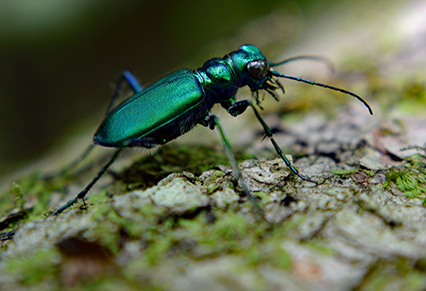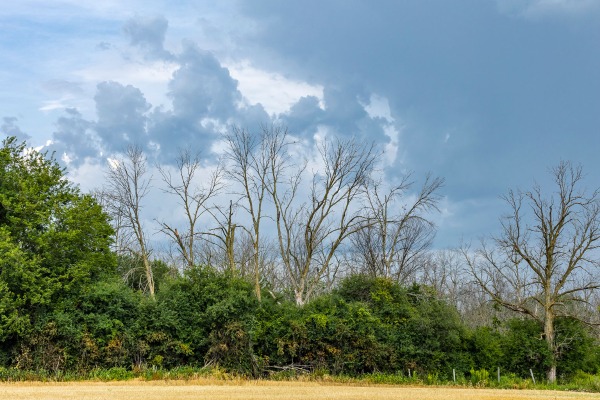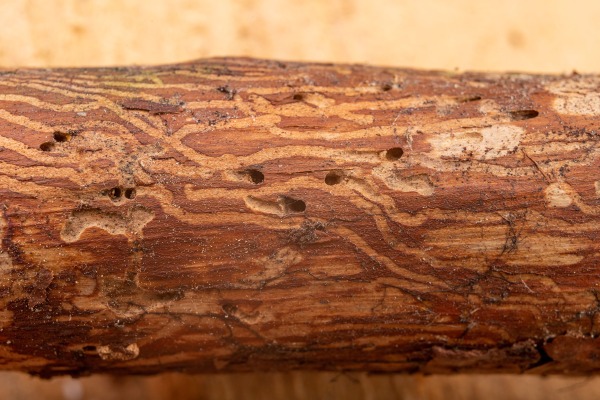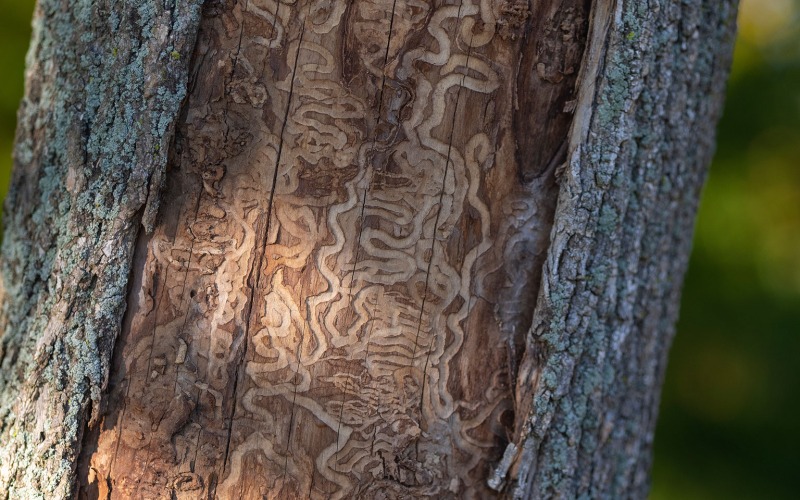Emerald Ash Borer (EAB) Prevention and Treatment
DONOVAN ARBORISTS View Service AreasGet My Free EstimateEmerald Ash Borer (EAB) | Prevention, Signs and Symptoms, and Treatment
It was reported on July 5th, 2023 that Emerarld Ash Borer has been discovered in Littleton. The Emerald Ash Borer is a non-native pest that has the potential to dramatically change the landscape of the Front Range.
If you have Ash Tress on your property and you are located within the southern Denver Metro areas such as Littleton, Englewood, Highlands Ranch, Greenwood Village, Lone Tree and Centennial, it’s a good idea to start preparing for this invasive species.

Now that Emerald Ash Borer has been confirmed to be in the Denver area, now is the time to take action. If you have an Ash tree on your property that you plan on keeping for a long time, Donovan Arborists will develop a long-term management plan for it to ensure that it continues to thrive. If you are unsure whether or not you have an Ash tree on your Denver-area property, and whether or not it is healthy, read below for a few quick identification tips and basic treatment information.

History of EAB in Colorado:
Emerald Ash Borer (EAB) was found in Boulder, CO in September 2013. Since it was first discovered, the Colorado Department of Agriculture and the City of Boulder have confirmed that Emerald Ash Borer has been in the area for 3-4 years. They have also found the presence of EAB in other areas around Boulder County. Most recently, EAB was discovered in Littleton in July, 2023.
Emerald Ash Borer was first discovered in the U.S. in Michigan in 2002. It was carried to the country in wooden shipping supplies. Since its discovery, EAB has killed tens of millions of Ash trees in twenty-one states. As an exotic pest, U.S. Ash trees have not developed any defense against their attack. To help raise awareness and provide information about the issue in metro Denver and the Rocky Mountain Front Range area, Denver Parks & Recreation has set up the Be a Smart Ash campaign.

How to Correctly Identify Ash Trees on Your Property:
- Green Ash and White Ash are the two most common types of Ash trees found in the Denver metro area. Each type has opposite branching patterns, meaning that two branches come off the same main stem (one on each side and directly opposite the other).
- Ash trees have compound leaves containing 5-11 leaflets.

Signs and Symptoms of EAB:
There are a number of signs and symptoms that can indicate an EAB infestation, including:
- D-shaped exit holes: Adult EAB beetles emerge from ash trees in June and July. They leave behind distinctive D-shaped exit holes that are about 1/8 inch wide.
- Bark flecking: Woodpeckers may peck at the bark of ash trees in search of EAB larvae. This can cause the bark to fleck, or appear to have been sprinkled with white spots.
- Crown dieback: Ash trees that are infested with EAB may experience crown dieback. This means that the leaves in the upper branches of the tree will begin to die and fall off.
- Splitting bark: The bark of ash trees that are infested with EAB may begin to split. This is caused by the EAB larvae feeding on the inner bark of the tree.
- S-shaped galleries: EAB larvae create S-shaped galleries as they feed on the inner bark of ash trees. These galleries can be seen by peeling back the bark of an infested tree.
If you see any of these signs or symptoms, it is important to have your ash trees inspected. We will be able to determine if your trees are infested with EAB and recommend the best course of action.
It is important to note that not all ash trees that have EAB will show signs of infestation. Some trees may be able to tolerate the infestation for a period of time before they eventually die. However, it is always best to be proactive and have your ash trees inspected by a qualified arborist if you are concerned about EAB.


Treatment of Emerald Ash Borer:
There are a few different ways that emerald ash borer (EAB) can be treated. The most common methods are:
- Soil injection: This method involves injecting an insecticide into the soil around the base of the tree. The insecticide is then absorbed by the tree’s roots and distributed throughout the tree.
- Trunk injection: This method involves injecting an insecticide directly into the trunk of the tree. The insecticide is then distributed throughout the tree by the tree’s vascular system.
The effectiveness of these treatments depends on a number of factors, including the severity of the infestation and the timing of the treatment.
Treatments for Emerald Ash Borer are systemic. We will be able to assess the severity of the infestation and recommend the best treatment option for your tree. A healthy, well-hydrated tree will move the treatment material more quickly and evenly throughout the canopy of the tree.
If an ash tree is infested and cannot be treated, it should be removed. This will help to prevent the spread of EAB to other trees. We can help remove infested trees.
Call us at 303-623-8733 or send us an online request for more information regarding this treatment and to learn whether or not your Ash tree is a good candidate. We’ll walk you through the next steps.
